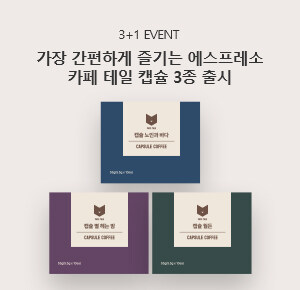|
이필환PIL-HWAN LEE is Professor in the Department of English Language and Literature at Keimyung University, where he has taught since 2000. Before that, he worked for Chonbuk Sanup University for more than six years (1994-2000). He has held visiting appointments at the University of Manchester (supported by the British Council Fellowship, 1998-1999) and the California State University (Fresno, 2005). He graduated from the Department of English Language and Literature at Seoul National University (1986), and did his PhD there, too (1993, A Diachronic Study on Word Order in English: The Minimalist Approach).
대표작
모두보기

|
|
|||||||||||||||||||




















